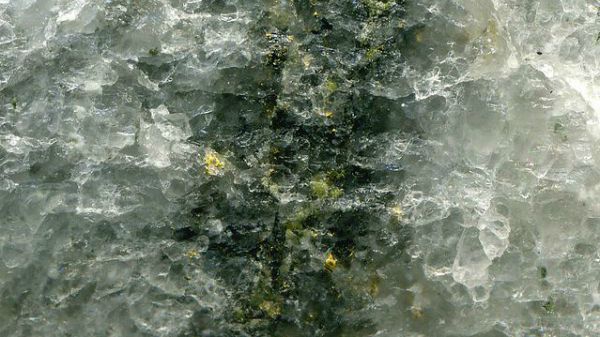
GOLD has been found in geologically unusual circumstances about 250km east of Carnarvon on the margin of the Japan-sized former continent which forms part of the Gascoyne.The gold deposit is found along the margin where two tectonic plates, the Yilgarn Craton and Glenburgh Terrane, collided about two billion years ago.
The Glenburgh Terrane later became trapped between the Yilgarn and Pilbara Cratons, thereby forming a single tectonic plate.
Geological Survey of Western Australia geologist Lisa Roche says the ore is classed as upper amphibolite to granulite facies, which means it has been exposed to a massive seven to 10 kilobars of pressure and temperatures of 500-1000 degrees Celcius.
“Gold deposits in upper amphibolite to granulite facies rocks are quite rare,” she says.
“Known examples commonly attract debate as to whether they actually formed at these high pressures and temperatures or instead were formed early and subsequently metamorphosed or formed late and after peak metamorphism.”
Ms Roche, who has been studying the formation as part of the Geological Survey Masters Program, says the gold had almost certainly been deposited before the tectonic plates met.
She came to this conclusion after nine months of field mapping, visual drill core logging, thin-section petrography and analysis of the microstructure of the gold grains themselves.
“We looked at the internal structure of the gold itself and we found features that suggested it had been through post depositional processes such as deformation, metamorphism or weathering,” she says.
Low silver levels suggest formation processes
Those features included low silver levels of one to three per cent in the gold, whereas gold typically contains five to 20 per cent silver when it first crystallises.
“We could see the gold itself was actually made up of several smaller gold grains, and in between these gold grains there were high purity gold veinlets,” she says.
“They form when silver’s being leached from the gold and removed along the grain boundaries.”
She says this showed the gold had been deformed or metamorphosed.
They also found well-rounded inclusions of pyrrhotite, a sulfide commonly associated with gold mineralising fluids.
“We’ve interpreted this as a peak metamorphic mineral, so that suggested a sulfide phase was present in the host rock before the peak of metamorphism,” she says.
“These observations all have suggested to us that the gold mineralising event occurred before the peak metamorphism.”
As the rocks metamorphosed when the plates collided she says they concluded the gold must be even older.
Note: The above post is reprinted from materials provided by ScienceNetwork WA. The original article was written by Geoff Vivian.









